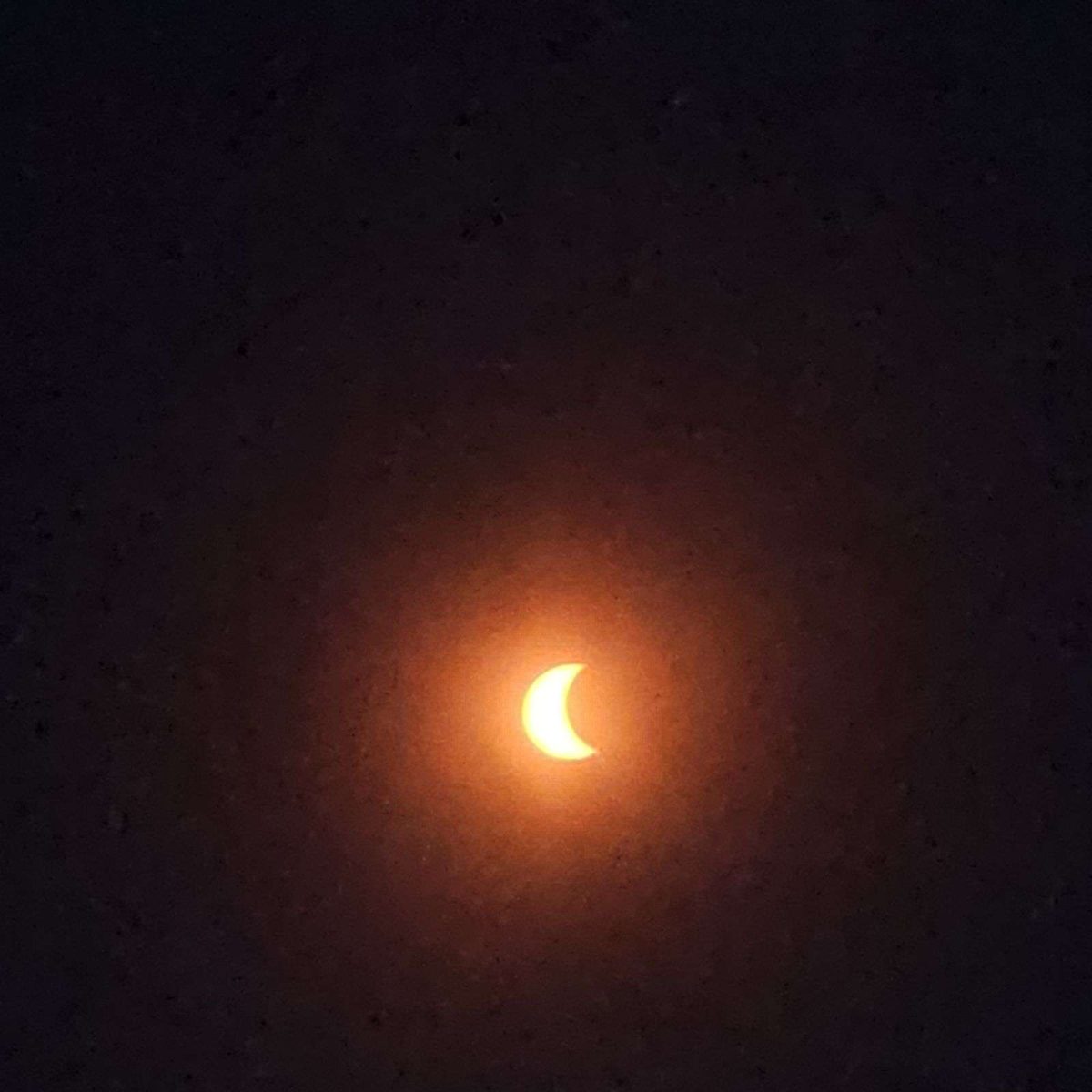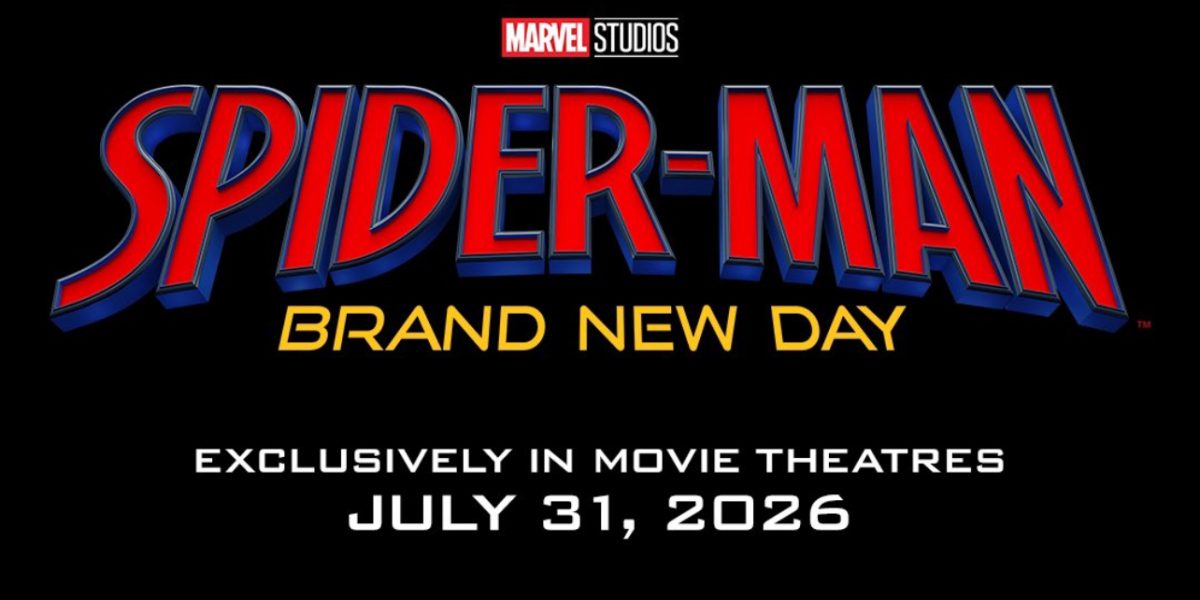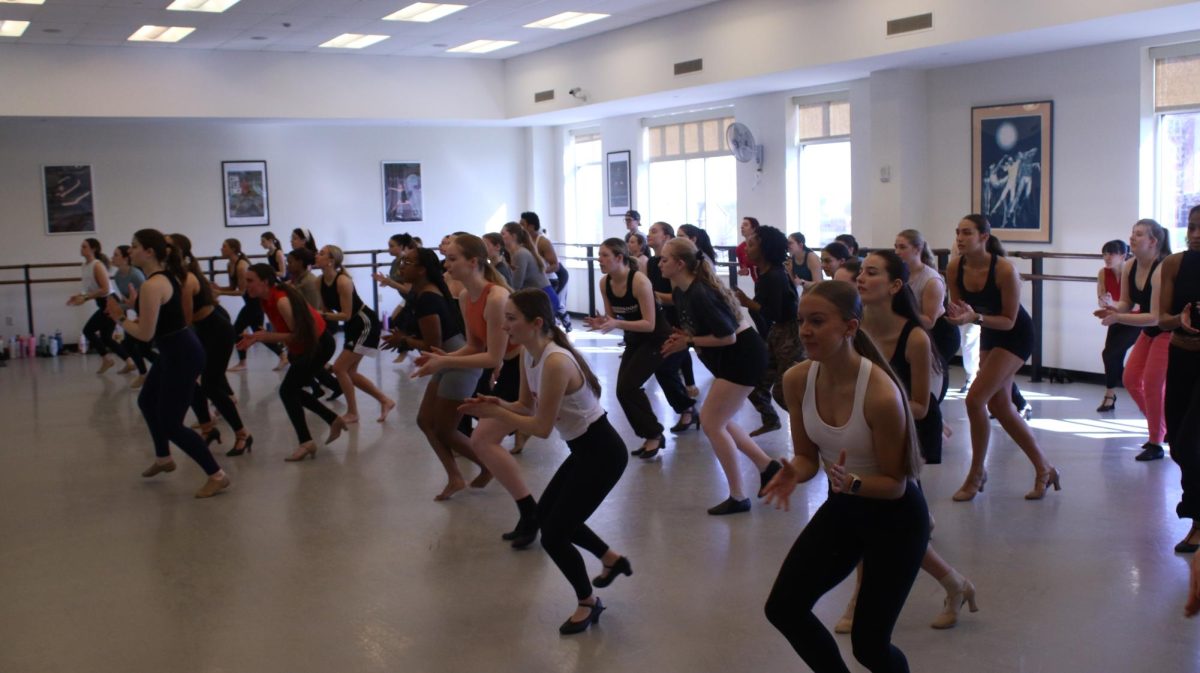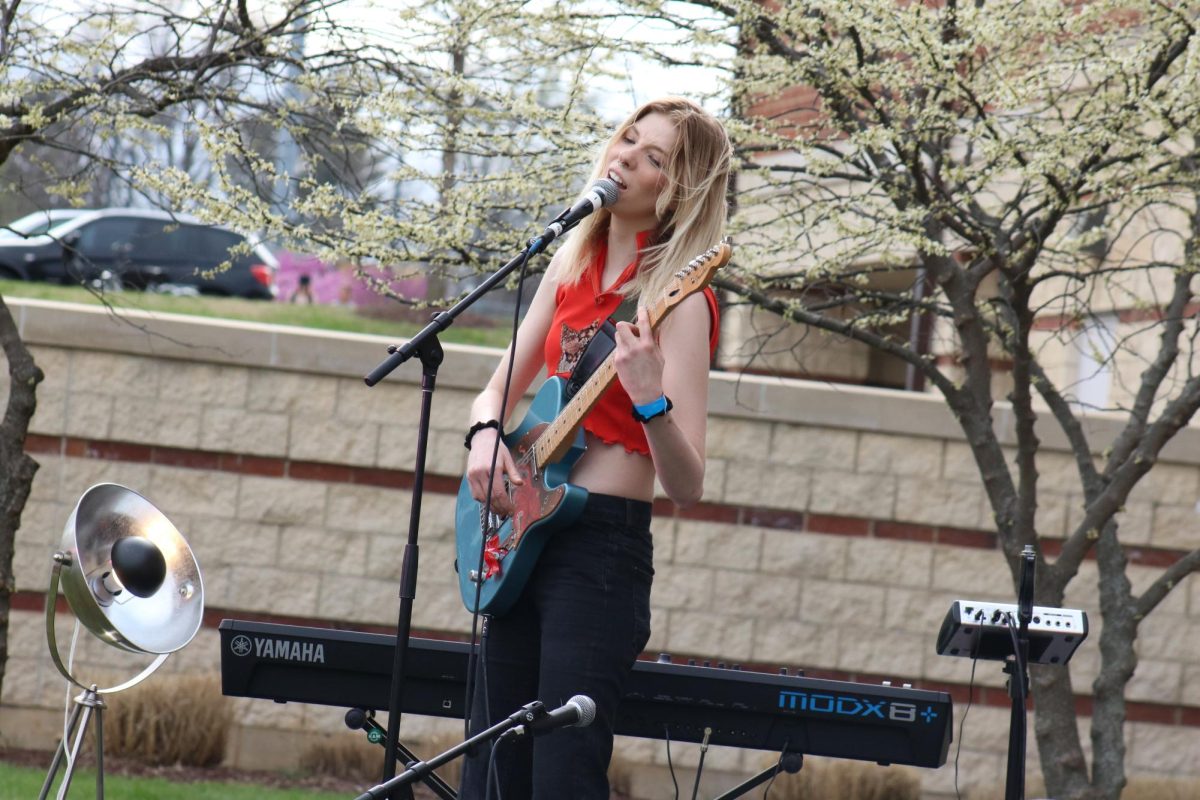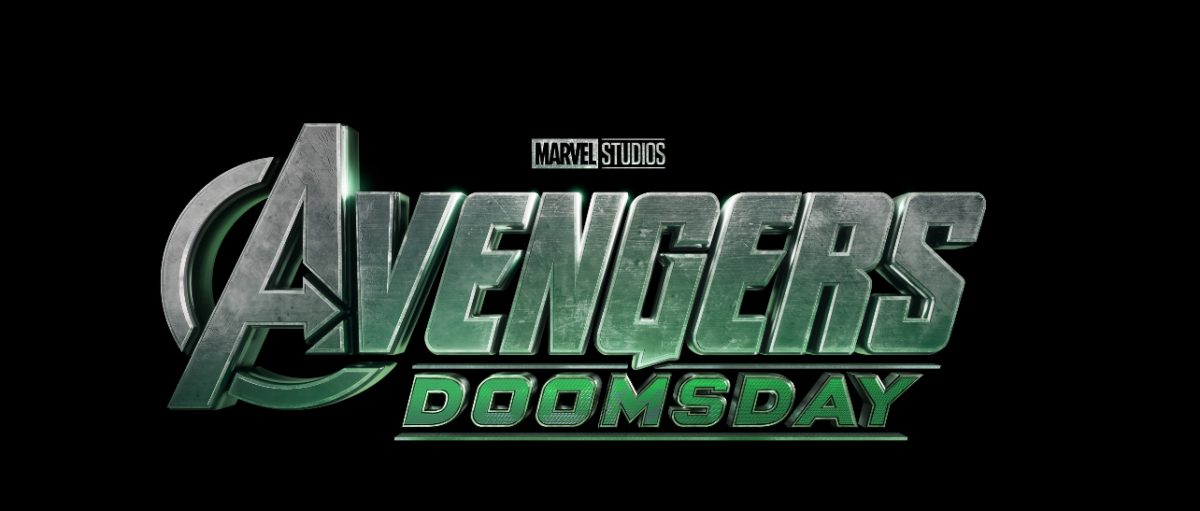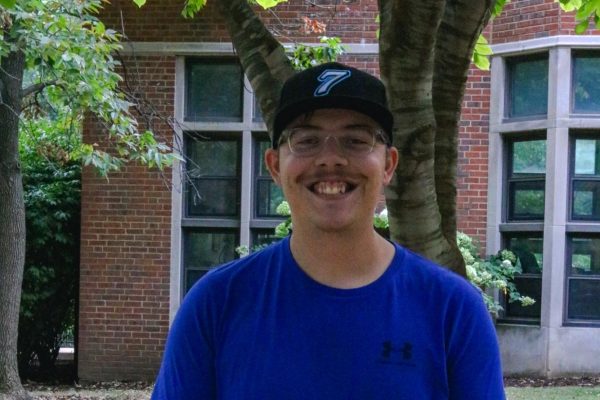The recent solar eclipse rolled through St. Charles and the surrounding areas in both Missouri and Illinois recently.
The eclipse had a path ranging from the middle of Texas to the northern portions of Maine. Along that way, it passed through notable cities including Austin, San Antonio, Dallas, Indianapolis, Cincinnati, Cleveland, Buffalo, and Montreal.
On the more local side of things, the eclipse showed itself in, St. Charles from roughly 1:50 to 2:00 p.m. on Monday, April 8. The totality was further south and east of the area, giving Lindenwood’s campus a tinted look to the sky during that time, rather than total darkness. The area saw roughly 80% totality with the phenomenon. Conditions on campus were dark enough for automatic lights to come on during the event, but still bright enough to see. Lindenwood hosted a viewing party on the Evans Commons lawn, handing out free glasses to attendees to view the eclipse.
Some notable cities south and east of the area, including Carbondale, Illinois, and Poplar Bluff, Missouri were included in totality. Those areas saw roughly four minutes of total darkness during the eclipse. Celebrations of the event occurred all over the impacted portions of the United States. Notably, in Buffalo, New York, tourists gathered at Niagara Falls to view the eclipse.
The next eclipse is scheduled to occur in 2026, according to CNN. That eclipse will occur on Aug. 12 of that year, giving portions of Greenland, Iceland, Spain, Russia, and Portugal totality. The next eclipse in the United States isn’t expected until 2033 when Alaska is expected to get two minutes of totality. The lower 48 states will have to wait until 2044 and 2045 to see the next eclipse. In 2044, totality will occur over northern states, like Montana and North Dakota, but one year later, it’s predicted that an eclipse ranging from coast to coast will occur, with totality going across most of the middle of the continental United States.




